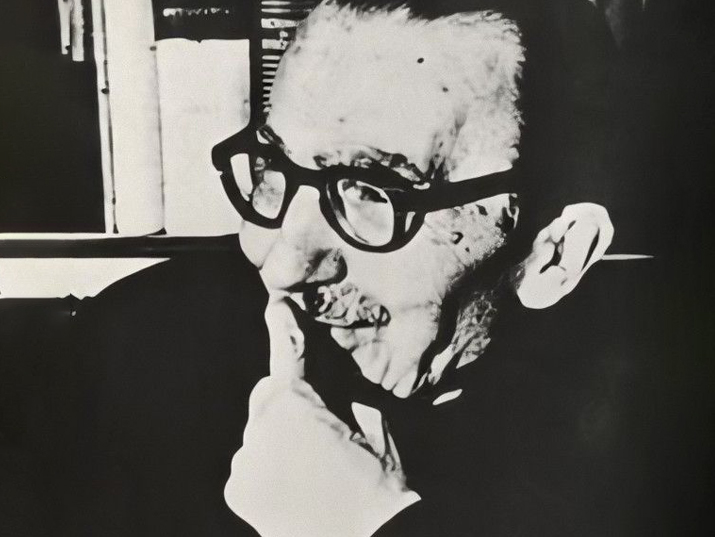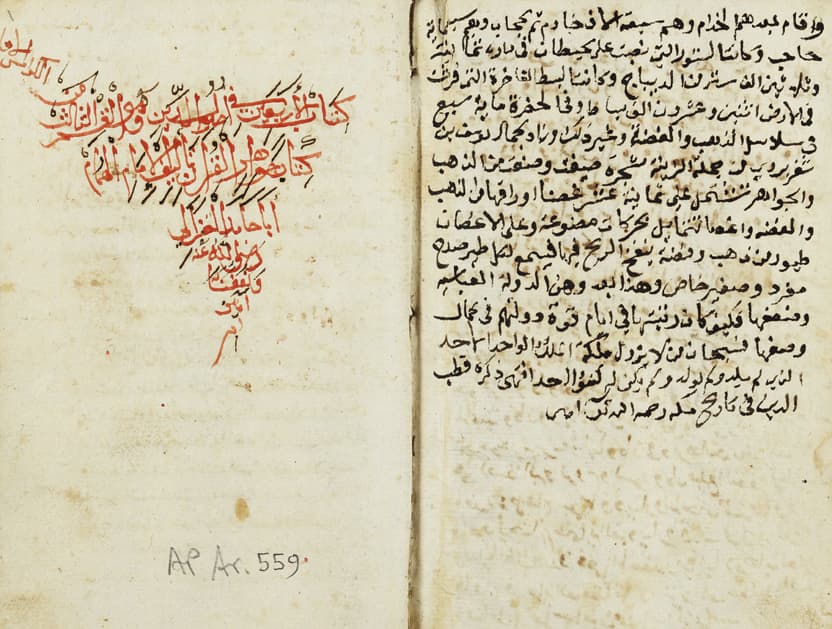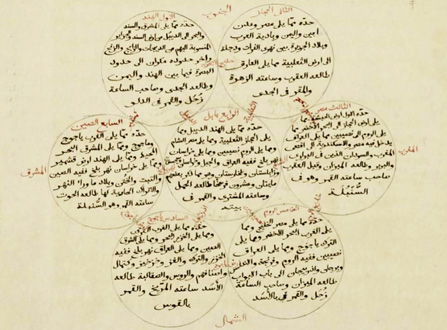"This work attempts to revitalize Marxism by cross-pollinating it with Chinese thought. Marx understood that the historical stream could be divided periods in more than one way: (1) By focusing on their form of property and their characteristic class struggle (the Communist Manifesto); (2) By determining its predominant branch of production (The Introduction to the Critique of Political Economy). Never implementing the second tactic, Marx used the first one to discern 6 successive historic modes of production. In contrast, applying the second strategy by focusing on the sequence of predominant economic branches, this book distinguishes 10 historical periods. The second approach, thus, adds four modes of production to the six discerned by Marx. (For example, it divides Capitalism into three modes of production)"-- Amazon.
| العنوان |
Marx, Engels, and Mao : the seven laws governing the dialectical development of a history, nature and thought / by Rachamim Dayan. |
|---|---|
| مكان مرتبط |
Jerusalem (Israel)-place of publication |
| الناشر |
Jerusalem : Rachamim Dayan |
| تاريخ الإصدار |
2017 |
| ملاحظات |
Includes bibliographical references. |
| الشكل |
259 pages : illustrations 28 cm. |
| اللغة |
الانكليزية |
| رقم النظام |
990040522220205171 |
| קישורים |
תמונה קדמית (גרסה מוקטנת) תמונה קדמית |
תנאי השימוש:
حظر النسخ
قد يُحظر نسخ المادة واستخدامها للنشر، التوزيع، الأداء العلنيّ، البثّ، إتاحة المادة للجمهور على الإنترنت أو بوسائل أخرى، إنتاج عمل مشتقّ من المادة (على سبيل المثال، ترجمة العمل وتعديله أو معالجته)، بصيغة إلكترونية أو آلية، من دون الحصول على إذن مسبق من مالك حقوق التأليف والنشر ومن مالكي المجموعة.
لاستيضاح إمكانية استخدام المادة، يرجى ملء استمارة الاستفسار عن حقوق التأليف والنشر
معلومات إضافية:
قد تكون المادة خاضعة لحقوق التأليف والنشر و/ أو شروط اتفاقية.
إذا كنت تعتقد/ين أنّه قد وقع خطأ في المعطيات الواردة أعلاهُ، أو أنّك تعتقد/ين أنّ هناك انتهاكًا لحقوق التأليف والنشر بشأن هذه المادة، فيرجى التوجُّه إلينا من خلال الاستمارة التالية.
MARC RECORDS
أتعرفون المزيد عن هذا العنصر؟ وجدتم خطأ ما؟

 سجل الدخول باستخدام غوغل
سجل الدخول باستخدام غوغل
 تسجيل الدخول باستخدام فاسيبوك
تسجيل الدخول باستخدام فاسيبوك



